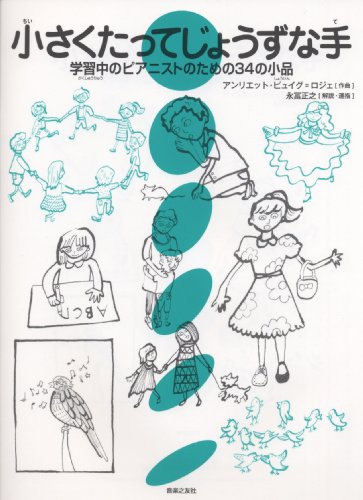4 0 0 0 ソルフェージュ教育概説
- 著者
- 永冨 正之
- 出版者
- 東京芸術大学
- 雑誌
- 東京芸術大学音楽学部年誌 (ISSN:02872048)
- 巻号頁・発行日
- vol.1, pp.A41-A58, 1974
- 被引用文献数
- 1
The significance of solfeggio in music education has recently been attached considerable importance and the interest in it also grown. It could be considered to be the result of reflecting upon the lack of basic training in the educational methods so far, which tended to give priority to the pursuit of technical study particular to the respective genres. It seems, however, full understanding of what solfeggio is and what is to be gained from its study is still wanting in the music field in general. Inadequate information may be partly because of utter indifference, partly because of the fact that solfeggio itself has never been spotlighted. But one of the greater causes we can point out is that the implication of the word solfeggio has been so changing with the times that it is hard to pinpoint it and that furthermore there is a tendency in recent times of its denotation extending, to the point that abuse of the term is seen sometimes. There are also delicate shades of its interpretation with individual persons and with countries. Those various changes of the meaning of solfeggio may historically be classified into the following three stages: 1. Vocal exercises and music to be used for that purpose (in the latter half of the 18th century). Solfeggio in this sense originated from Guido d'Arezzo's invention of the system of singing tones c to a to the syllables "ut re mi fa sol la," which was devised to help the choir boys' training. It aimed at having the students learn gradually how to read and express music with accuracy (intervals, rhythms, signs of expression etc.) and aquire higher vocal techniques through singing to the syllables (do=ut, re mi fa sol la si) in the manner of "fixed do." 2. Basic course of musical education (in the 19th century). There were two schools of solfeggio in this second sense. One is that which developed in such countries as France, Belgium, Italy and Spain where the syllables do, re mi…were used as pitch names. Solfeggio here meant the basic course for all the musical students who were educated on the school system that started in the 19th century. The other was the method of Tonic Solfa which arose in England under the influence of Rousseau's philosophy of englightenment (France also found its forerunning study). It aimed at music education not for professional students but for the common people, employing the syllables do re mi…as syllable names in the manner of "movable do" and produced satisfactory results in the elementary education of music. 3. Basic education as well as higher professional trainings (in the 20th century). Today (in the 20th century) solfeggio tends to include not only the elementary course of music education but highly professional trainings such. as improvisation, score reading, sight reading etc. which inspire spontaneous and active musical urge. Above is what solfeggio has been and is generally in Europe, but the situation is a little different in the music education here. In this country the basic education is, in most cases, given by those teachers who give lessons in instrumental technique, not by teachers of solfeggio. This system, as the students gain proficiency in performing technique, discloses something inadequate. I have grouped the defects involved in such Japanese conventional system roughly into five classes and examined their respective problems with reference to solfeggio education in Europe.
1 0 0 0 和声法 : 基礎理論 大作曲家の和声様式
- 著者
- イヴォンヌ・デポルト アラン・ベルノー著 永冨正之 永冨和子訳
- 出版者
- 日仏音楽出版
- 巻号頁・発行日
- 1990
